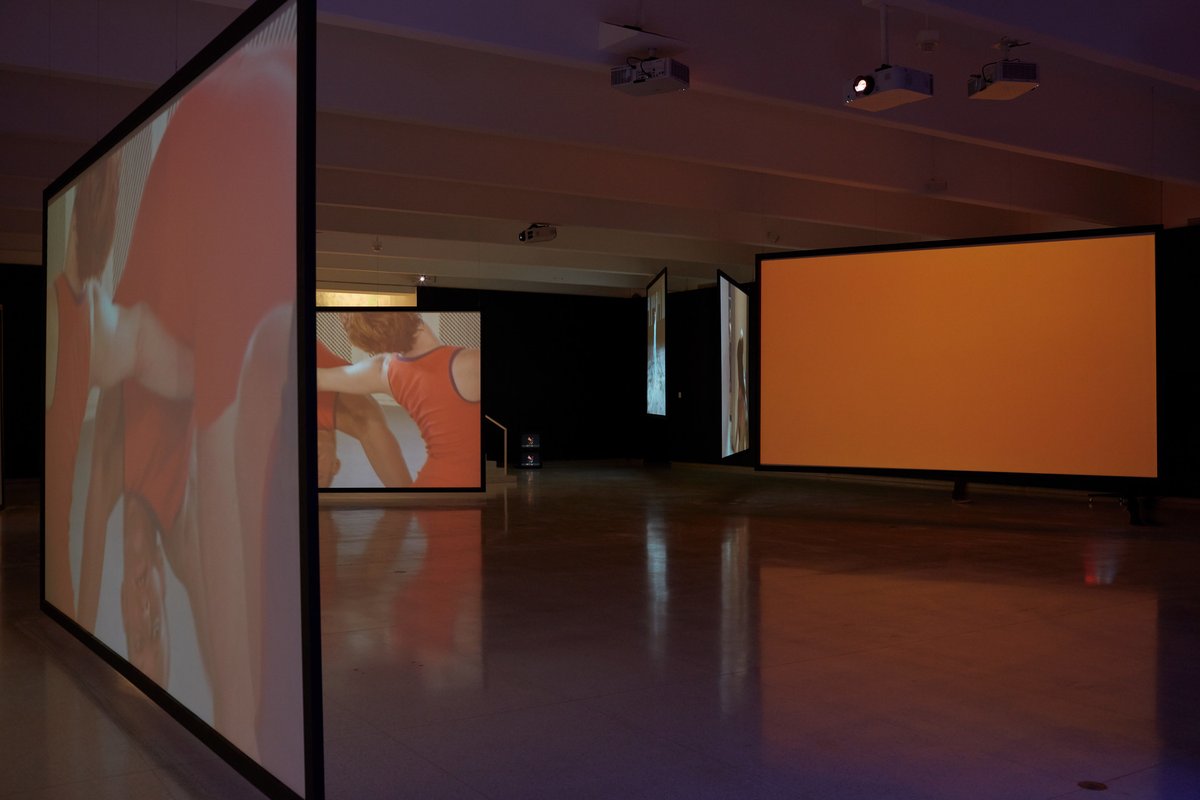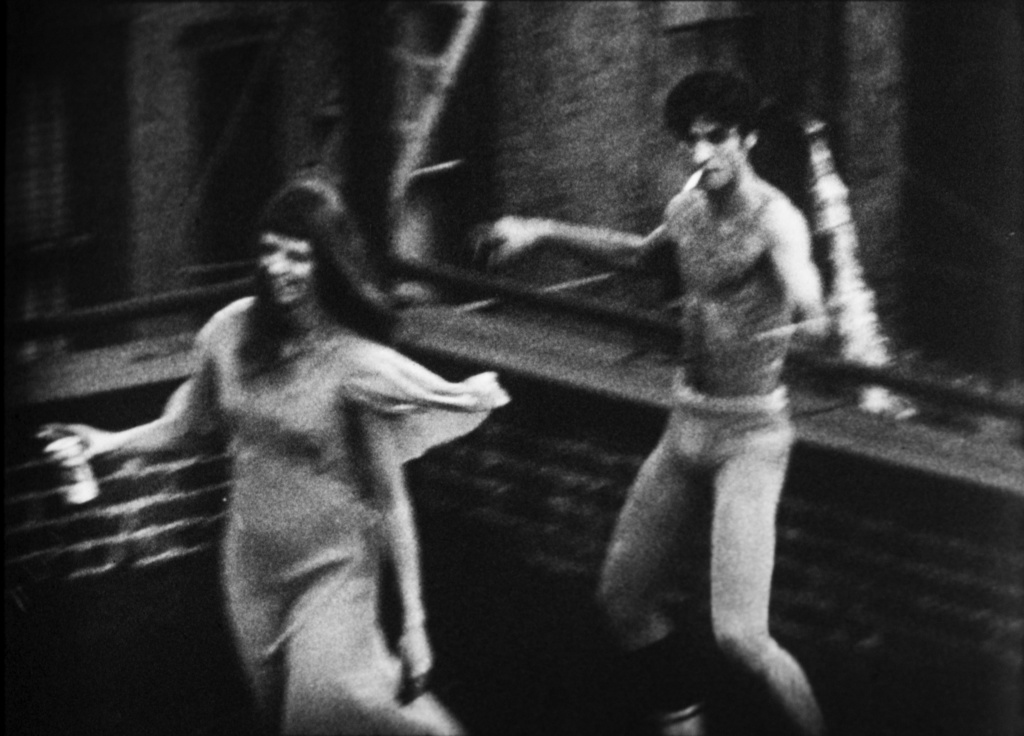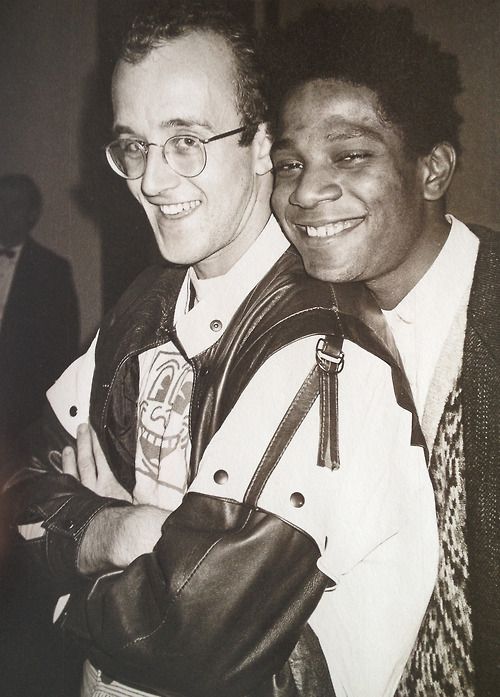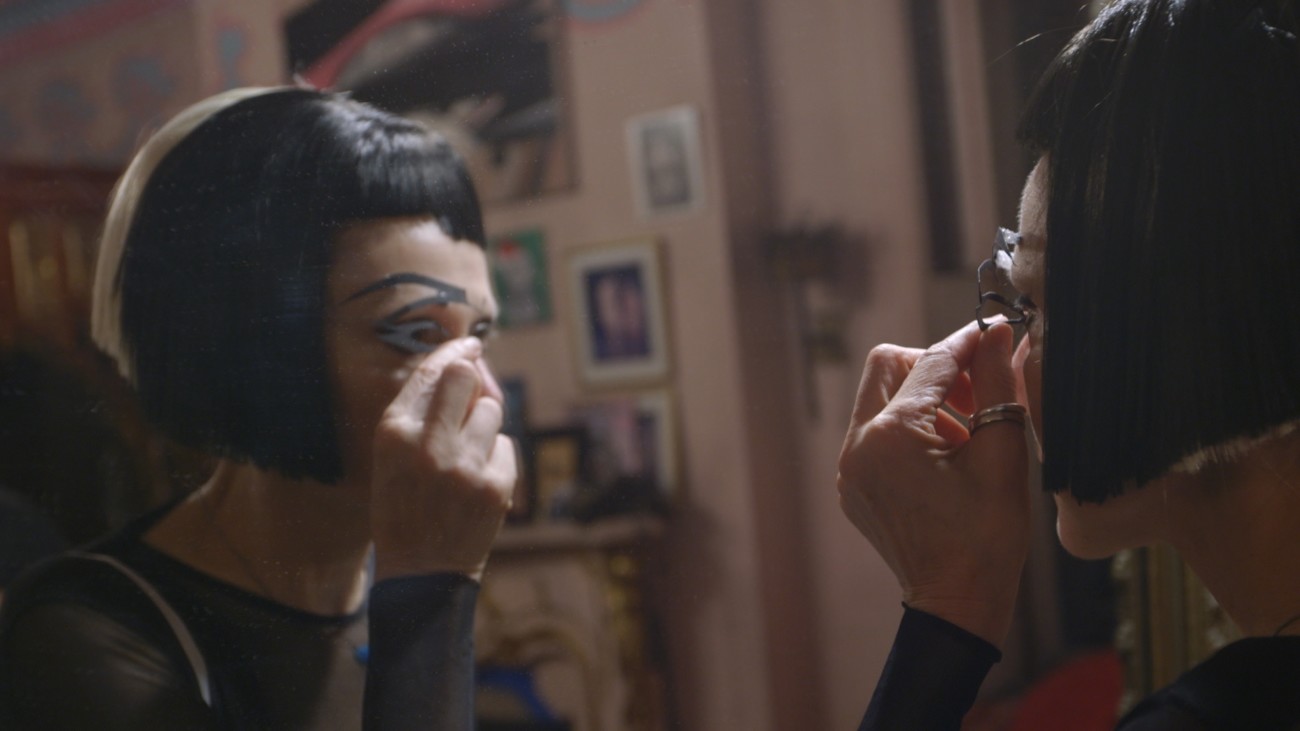MERCE CUNNINGHAM—CLOUDS AND SCREENS, part of many upcoming worldwide celebrations of the choreographer’s centenary, will be up at LACMA into 2019.
The exhibition includes video installations by Charles Atlas and Andy Warhol, as well as two video projections of early dances by Cunningham.
MERCE CUNNINGHAM—CLOUDS AND SCREENS
Through March 31.
LACMA, 5905 Wilshire Boulevard, Los Angeles.
Above: Merce Cunningham and John Cage in an image from the 2017 exhibition catalog Merce Cunningham—Common Time. Image credit: Walker Art Center, MCA/Chicago, and LACMA.
Below: Charles Atlas, MC⁹, 2012, Walker Art Center. Photograph by Gene Pittman, © Charles Atlas, courtesy Walker Art Center.



















